The Herald reported on May 3, 1940 – “The educational building at Ebenezer Presbyterian church is now under construction. The masons have laid the cornerstone which includes a copper box with the church history, a list of officers, silver coins, the names of the masons involved and a copy of the Herald.”
Along the Jefferson Davis Trail
City Directories and History: Located on the grounds of Ebenezer Presbyterian Church, Ebenezer Academy, ca. 1860, is the oldest known school building standing in York County. Part of a trend that established academies throughout the South, Ebenezer is believed to have its origins in the early nineteenth century (ca. 1819). The
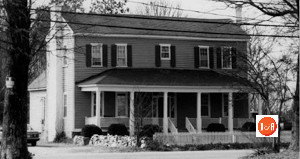
Kimbrell House – Ebenezerville was a thriving community, built around the Ebenezer A.R.P. church family. These houses have all been demolished along with many more for commercial exploitation of the area.
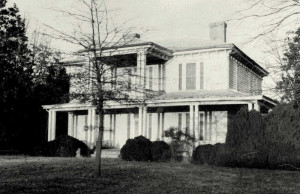
Rawlinson – Matthews Home
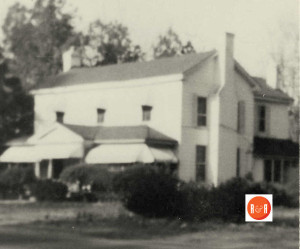
Neely House
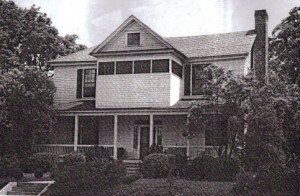
Miller – Fewell Home
present structure replaced the earlier structure which had burned. The Presbyterians were particularly active in establishing academies and Ebenezer was one of their schools. Ebenezer offered young men college preparatory courses in the classics and sciences and later enlarged its curriculum to include history, grammar, geography and mathematics. Ebenezer represents a type of institution that flourished in the South during the first half of the nineteenth century and that declined at the end of that century with the growth of public education. When Rock Hill public schools were established ca. 1888, the academy was leased to York County for an elementary school, a use which continued until 1950 when it was deeded back to the church. The Academy is a brick rectangular structure of simple design. The bricks are laid in common bond on a coursed fieldstone foundation. The interior is composed of one large classroom and two smaller rooms. Listed in the National Register August 16, 1977. [Courtesy of the S.C. Dept. of Archives and History]
*** Left column letter: This is a letter from E. Harris, the Rev., to David Hutchison from Troy, Tennessee where a great number of individuals from York County have moved. It relates legal needs of Rev. Harris and asks Mr. Hutchison to send him half the proceeds and the other half to the Rev. H.K. Alexander, “for his work here in Troy.” Hutchison Group 2021
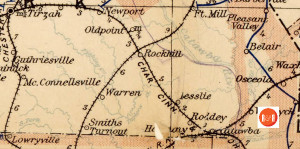
Postal map showing Rock Hill as a transportation hub on two railroads in 1896. Courtesy of the Un. of N.C. Note the area North of Rock Hill was called Old Point P.O. in 1896, the Town of Ebenezer.
The brick building constructed next to Ebenezer ARP Church was once the seat of a scholarly community associated with the planter class of the surrounding areas of Nation Ford, Bethesda, Bethel and Ebenezerville. Originally the building was constructed by a Mr. Jedidiah Coulter of the Bethesda community. He was not paid promptly and brought suit against the minister, Rev. Eleazer Harris. According to church historian and author, S.B. Mendenhall, this building was constructed for the Rev. Harris in the fall of 1824 and stood until it burned in 1859. It was at that time the school was reconstructed out of brick. The brick were reported to have been made by J.J. Biggers (John J. Biggers) and other records show it was rebuilt by Thomas Wood, a well known bricklayer, from the Ebenezer and Rock Hill area.
In 1857 the Academy was described in the Yorkville Enquirer as “located in Ebenezerville, three miles from Rock Hill depot in a beautiful and healthful section of the country where there are few temptations to vice and extravagance. It is furnished with philosophical and chemical apparatus, globes, maps, astronomical charts and such convinces as are necessary in imparting thoroughness of instruction.” [Courtesy of Ebenezer Presbyterian Church History by S.B. Mendenhall – 1985]
The Yorkville Enquirer reported on July 5, 1877 – “The Ebenezer Academy is under the management of Mr. and Mrs. Strait. It is a mixed school of boys and girls. The schools are conducted in separate rooms but they join together for recitations. The recently closing exercises were attended by 500-600 people.”
The Yorkville Enquirer reported on July 11, 1878 – “Final examinations for the year were held for the Ebenezer Academy. They were conducted by the Principal, Mr. L.J. Strait and by his assistance Ms. Saunders of Kentucky.”
The Yorkville Enquirer reported on Aug. 6, 1885 – “Prof. L. Shurley, principal of the academy, resumed classes of the school last Monday with between 50 and 60 students.”
The RH Herald announced on Nov. 17, 1887 – “Mr. Joseph Wilson of McConnellsville has accepted the position as Principal of Ebenezer Academy. He is a teacher of experience and has high educational attainments.” Later the paper reported on Dec. 22, 1887 – “Mr. J.H. Wilson, Principal of the Ebenezer Academy, has moved into his new home. The school will open its next term in Jan., with Ms. Addie Diehl, in charge of the music department.”
The YV Enquirer reported on Aug. 1, 1888 – “The Centennial celebration was held on July 28-29 at Ebenezer Pres. Church. Guest included delicates from several other churches, including Allison Creek which was organized in 1853, with members from Ebenezer. Prof., J.H. Wilson, teacher at Ebenezer Academy, gave a talk on the history of Ebenezer and her schools, he traced the school back to 1819, but believes it may have started earlier.” Later in the YV Enquirer of June 26,1889 they describes Ebenezer Academy as the Athens of York County. Prof. J.H. Wilson and his wife head the literary dept., and Mrs. McRae heads the musical department.”
The Rock Hill Herald reported on Oct. 4, 1888 – “Ebenezer Academy has opened for the term with 52 students. Ms. Jimmie McCrae of Marion County has been employed as the music teacher.”
On Dec. 20, 1888 the Rock Hill Herald reported – “The ladies of Ebenezer Church will have a hot super at the Academy next week for the benefit of the Session House.”
The YV Enquirer reported on April 6, 1892 – “The school at Ebenezer is under the management of Prof. J.H. Wilson with Ms. Sally Dozier as assistant.”
The YV Enquirer reported on Sept. 13, 1895 – “The Ebenezer High School resumed classes on Monday with an enrollment of forty.”
The Herald reported on Sept. 9, 1896 – “The Ebenezer Academy opened Monday. Professor J. Palmer Smith is Supt. and the music is in charge of Ms. Ella Avery.”
The Herald reported on Feb. 7, 1903 – “The Ebenezer School, under the efficient care of Prof. M.E. Zeigler, now has an enrollment of fifty scholars. The assistant is Ms. Bessie Shurley. Prof. Zeigler will soon leave to work for Congressman Lever of Orangeburg.”
The RH Herald reported on May 5, 1941 – Dedication Service for the educational building at Ebenezer Pres. Church – “The building committee was organized in 1938 and included: S.H. Faires – Chairman, Ms. Alta Fewell, Treasurer – Erwin Carothers, Ms. Marie Fewell, R.S. Fewell, S. Jack Kimball, Ms. Juanita Neely, Paul Pelizico, Eugene Steele, and Ms. Ruth Williams. The building was occupied in July of 1940 and is now free of debt. The total cost was $13,612.”
View the church cemetery listings under the More Information folder found in the picture column.
*** SC Postal History by Teal, 1989 states that Thomas J. Wethers or Withers served as Postmaster at Ebenezer Academy from 1822-1837. Not to be confused with the Ebenezerville PO operate by Edward Avery from 1837-the Civil War.
THE HISTORY OF THE CHURCH
“Like the origins of Ebenezer Presbyterian, the origins of Ebenezer Associate Reformed Church are lost by the passage of time and the destruction of records. Tradition says it was organized about the time of the Revolution as an Associate church. It was located in the heart of the Indian Land, an area 15 miles square, consisting of 144,000 acres set off to the Catawba Indians by the Treaty of Augusta in 1763. This area embraced what is today eastern York County, a portion of Lancaster County, and a small part of Chester County, an area very much in the news in recent years because of the pursuit in the federal courts by the Catawba Indians of their claim to this land.
Legally white men could not own land within the Indian Land; however, they leased land from the Indians for a term of years. Tradition says Thomas Spratt was the first white man to settle within the Indian Land. Others followed him in increasing numbers. This area at that time was a frontier community, and was composed primarily of Scots-Irish who had immigrated here by way of Pennsylvania and Virginia. Included in the settlement were Presbyterians, Associates, Covenanters, Burghers, and anti-Burghers.* The Associates were apparently the largest group in the section which became Ebenezer, and it was they who erected the first meeting-house. Since Ebenezer was the only church in the Indian Land, all groups worshipped there.
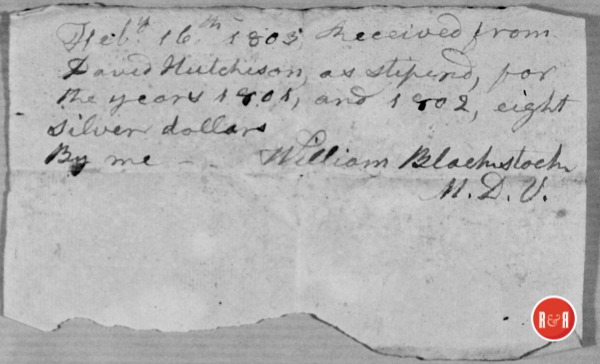
David Hutchison’s payment to William Blackstock MDV in the amount of $8., in silver for stipend….Feb. 16, 1803. David Hutchison had also paid $4., to Rev. Blackstock in 1800….
Who the organizing pastor was, or who the first supplies were, is not known. In all probability the church had only the services of visiting ministers or occasional supplies. In his Centennial History of the ARP Church, Dr. Robert Lathan states that Dr. Thomas Clark preached there for some time as stated supply. This congregation seems to have been plagued with controversy from its beginning to its end, the first being the union of the Associate and the Reformed Churches in 1782, to form the Associate Reformed Church. This union led to a group of Associates withdrawing and forming a preaching station at Joseph Miller’s home.
The church was next rent by the controversy over psalmody. Originally all Presbyterians sang only psalms in their worship service, using Rous’s Version. (This version of the psalms in meter is popularly, but erroneously, called Rous’s Version. Francis Rous submitted a version of the psalms in meter to the Westminster Assembly for its approval. The Assembly made substantial changes in that which Rous proposed before adopting it.)
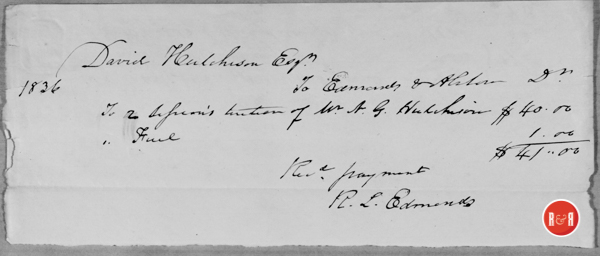
David Hutchison’s payment of tuition for N.G. Hutchison at the Ebenezer Academy: R.L. Edmonds and Alston, 1836
The attempt by some visiting Presbyterian ministers to introduce Watts’ newer version of the psalms in meter met with strong opposition by some members. This led to some withdrawing from Ebenezer Associate Reformed Church and forming Indian Land Presbyterian Church, which later became Ebenezer.
The first pastor of Ebenezer Associate Reformed Church was Rev. William Blackstock, who was installed May 8, 1794, in connection with Neely’s Creek and Steele Creek. (This is not Steele Creek Presbyterian, but Lower Steele Creek, an Associate Reformed Church, commonly called Blackstock, after Mr. Blackstock, who organized it at his home in 1794. The site of this church is north of Fort Mill off Highway 21. The cemetery is still there).
After a few years another controversy arose which led to yet another withdrawal by a group which, with the Associates mentioned earlier, formed Tirzah Associate Church around 1803, or a few years later, which later became Tirzah Associate Reformed Presbyterian Church. The reason for this secession was probably the same as that which caused a group to withdraw from Lower Steele Creek Associate Reformed Church and form Little Steele Creek as an Associate Church around 1799 or 1800. It had long been a practice in the church (a custom brought to this country) to have a fast day preceding the celebration of the Sacrament of the Lord’s Supper and the day immediately following observed as a day of thanksgiving. Some who had been influenced by the views and liberal sentiments of Dr. John Mason on these subjects were for setting aside these “standing rules” and having the whole congregation keep a fast whenever the Providence of God should indicate a necessity. To Mr. Blackstock, who was more catholic in his views, this was too great an innovation. This dispute resulted in the withdrawal of some families, as already noted, and the organization of Little Steele Creek. A split at Neely’s Creek, the third church in Mr. Blackstock’s charge, resulting in the organization of Neely’s Creek Associate Church, was, no doubt, as was the withdrawal at Ebenezer, the result of this same controversy. Ebenezer is listed as vacant for the years 1805-10 in the minutes of General Synod. During this time Rev. William Blackstock was reported as unsettled or without charge. In 1806 it was reported that Mr. Blackstock was “not yet settled, but measures are maturing for that purpose.” In 1811 Mr. Blackstock accepted a call to Ebenezer, Neely’s Creek, and the Waxhaws. He was released from his charge at Ebenezer on July 12, 1815.
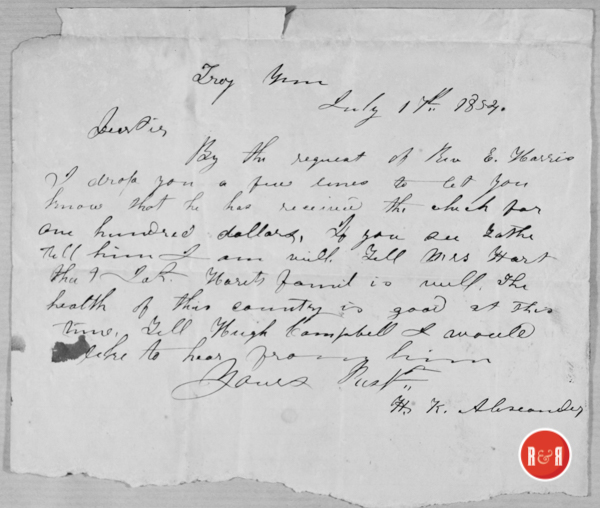
Note from the Hutchison Group 2021: the Rev. Elijah Harris presumably thanks “David Hutchison” for a check he received in Troy, Tenn. on July 1, 1854. The note talks about giving Rev. Harris’s regard, to Mrs. Hart and Hugh Campbell. It is signed by H.K. Alexander….
In April, 1820, Eleazer Harris, a licentiate under the care of First Presbytery is noted as supplying at Ebenezer and Neely’s Creek. In October of the same year Mr. Harris was ordained and installed as pastor of these two churches. During this time he also taught at Ebenezer Academy. The first statistical report available for Ebenezer Associate Reformed Church, 1804, reveals a membership of 53 communicants and 31 families. In 1822 it reported 32 communicants and 20 families.
The 1807 report to the Associate Reformed Synod from First Presbytery (of which Ebenezer was a member) records, “that a disposition to move to the western countries” (i.e., Tennessee and Alabama) “has prevailed so extensively among our people, the congregations are much shattered and recorded statistical report to General Synod, and 1826, ceased to exist. The Presbyterians purchased the site and erected a new building in 1826.
There is a well established tradition that the residence located at 1544 Ebenezer Road, built by William Barron, was formerly an Associate Reformed Church which was moved there and converted into a residence. This may be the church which was dissolved, or it may have been the Presbyterian church.
What families composed Ebenezer Associate Reformed Church cannot be stated with certainty since none of its sessional records survives. The Hutchisons were probably among the first members. This family still has in its possession their letter of membership given to John Hutchison when he left Ireland to come to this country.
“That John Hutchison, his wife Sara and family have lived many years within ye bounds of ye congregation of Ballyrency and always behaved themselves soberly and inoffensively and now intending to transplant themselves in America, they may be admitted as regular members of any Christian Society where Divine Providence shall order their lot; is certified at Ballybrick this 2nd Day of June 1773 by Rev. Alex Neilson.” The Barrons were also among the first members, but appear to have been in the withdrawal which led to the formation of Tirzah.
The following letter adds more mystery to what happened to the Associate Reformed meeting-house than it clarifies. It is here printed in the hope that some day the mystery may be solved.
Letter addressed to Mr. John Hart “July 30, 1821 Dear Sir:
The Rev. Mr. Harris has rote me a line requesting me to intercede with the session and proprietors to let him have the studdy house at the old church fur his own use if it could not be sold separate fursumthing near value. I would think to sell it separate would be the best way to do and if it would not bring neer like its vallue Bid it of(f) and let him have it as he needs it and the trustees has not funds to make Building.
Yours with respect.
Wm. Barron”
Information and some images, provided by The History of Ebenezer Presbyterian Church by S.B. Mendenhall – 1985
Image from the Rock Hill Record showing the new Confederate Monument, featuring the old Ebenezer Church in the background, Sept. 3, 1908.
The Herald reported on Sept. 24, 1890 – “The formal dedication of the new Ebenezer Presbyterian Church will be held on Oct. 5th. Rev. J. H. Thornwell is pastor, the new building is brick, 58 – 35 ft., and will seat five hundred. The committee for the building was A.F. Fewell, Peter Garrison (Garison), J. H. Barry, J. B. Neely, and R. T. Fewell. The contractor was A. D. Holler.” (Also stated as part of this article – The old church building has been sold to an African American congregation who will move it on the Yorkville Road, about .5 miles in the rear of the residence of C. J. Kee, where it will be used as a Baptist Church. ***It appears this is the Ebenezer Baptist Church at 290 S. Herlong Ave., Rock Hill, S.C. – Ebenezer Baptist Church reported to R&R on 8.25.16 – The church property deed was signed on February 15, 1892: Trustees – Bradley Castle, John Crosby, and Frank Strait.) However, Millard Stafford, has stated the church building was moved to his grandfather’s dairy farm, the Ed Partlow Steele farm, on Ebenezer Road.
The Rock Hill Herald reported on Nov. 14, 1896 – “Mr. L. Shurley, one of the best educators in this section, has taken charge of the school at Pleasant Valley, S.C., leaving his business in the hands of a manager. Mr. Shurley was at one time principal of the Ebenezer Academy and is a brother of J. A. Shurley, York County Supt. of School.”
The Herald reported on Feb. 5, 1902 – “The ladies of Ebenezer will give an oyster supper on the evening of Feb. 14th at the residence of Mrs. A. K. Smith. The proceeds will go to the Ebenezer Monument fund.” The Herald reported on June 7, 1902 that a lecture by Bob Taylor has sold 240 tickets. Part of the proceeds will go to the S.D. Barron Chapter of the UDC to erect a confederate monument in the Ebenezer Cemetery.
The RH Record reported on Nov 14, 1907 – “The S. D. Barron Chapter of the UDC have a contract with Butler Marble and Granite Company to erect a Confederate monument to those who sleep in Ebenezer Church yard. The monument will be directly in front of Ebenezer Church.” Also on May 18, 1908 – “The cornerstone of the Confederate monument in Ebenezer has been paid. The monument is now finished and will be dedicated in July.” (The articles list those items in the cornerstone.)
Samuel DeKalb Barron enlisted in Lafayette’s Artillery, which had the task of protecting the S.C. coastline from Union invasion. He quickly proved his bravery by being the first to volunteer for the dangerous assignments. Several times he distinguished himself before he was captured by Kilpatrick’s cavalry during Sherman’s march. Barron spent 11 months in prison at Point Lookout, Md. When he got out, he was described as “a physical wreck.” – Louise Pettus, An Article
The Record reported on Feb. 17, 1908 – “The S.D. Barron Chapter of the UDC is providing the “Cross of Honor”…
The Rock Hill Record reported on June 23, 1910 – “There are plans for establishment of a high school in Ebenezer. The community wants to hire J.W. Mack of Lone Star, a graduate of Newberry College as the principal. Ebenezer has been an educational center for many years and the trustees are anxious to build up a good high school, like they had 10-15 years ago. “
Informative link: Mills Map of York County SC, SC Digital Library – Image
Stay Connected
Explore history, houses, and stories across S.C. Your membership provides you with updates on regional topics, information on historic research, preservation, and monthly feature articles. But remember R&R wants to hear from you and assist in preserving your own family genealogy and memorabilia.
Visit the Southern Queries – Forum to receive assistance in answering questions, discuss genealogy, and enjoy exploring preservation topics with other members. Also listed are several history and genealogical researchers for hire.
User comments welcome — post at the bottom of this page.
Please enjoy this structure and all those listed in Roots and Recall. But remember each is private property. So view them from a distance or from a public area such as the sidewalk or public road.
Do you have information to share and preserve? Family, school, church, or other older photos and stories are welcome. Send them digitally through the “Share Your Story” link, so they too might be posted on Roots and Recall.
User comments always welcome - please post at the bottom of this page.
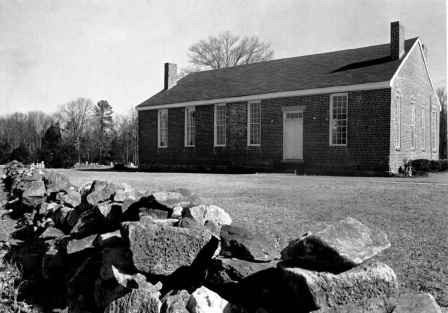
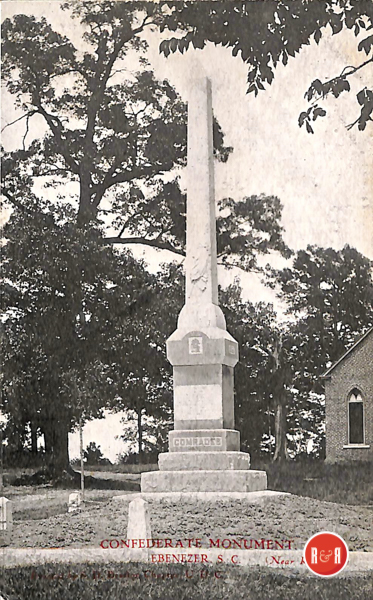
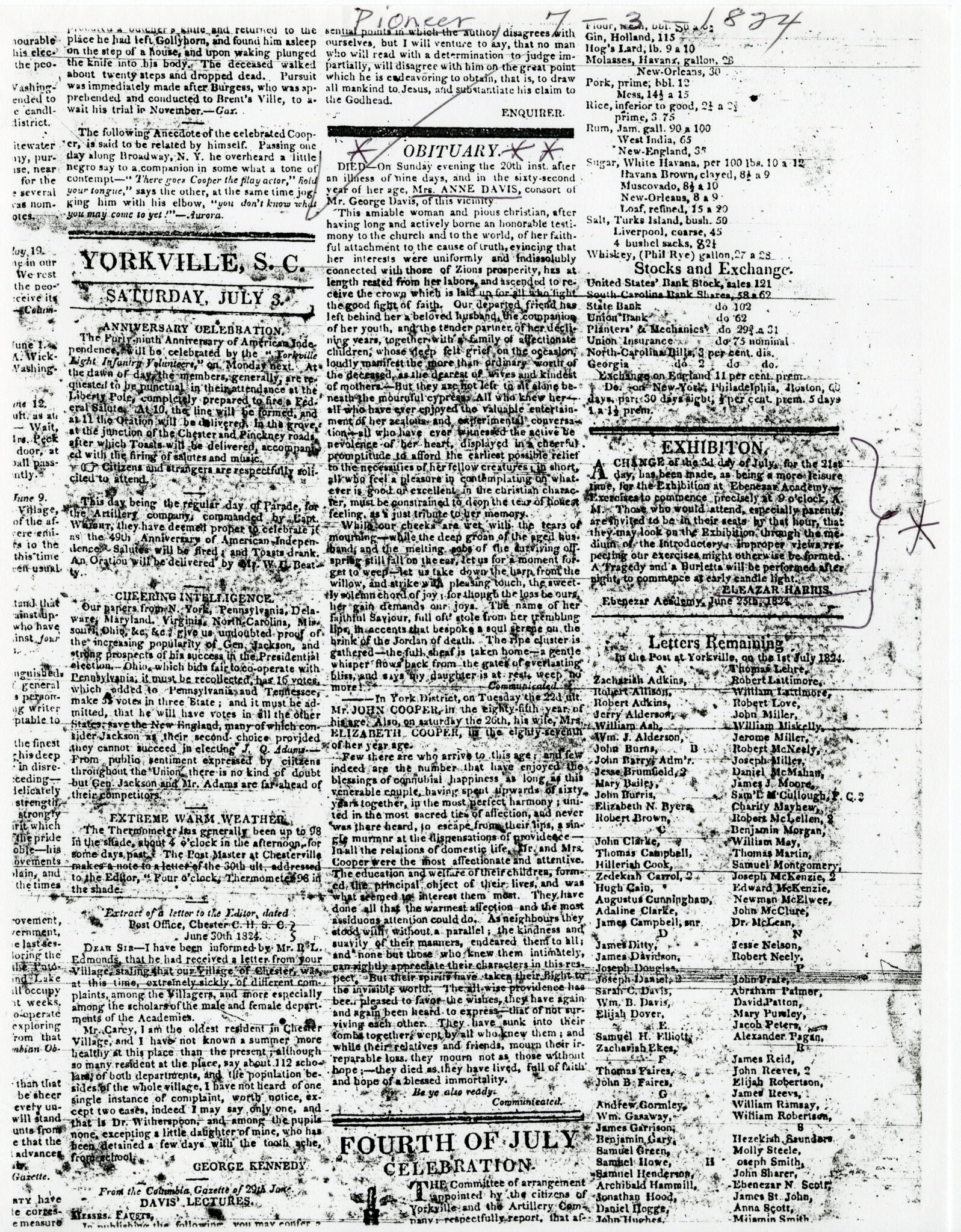
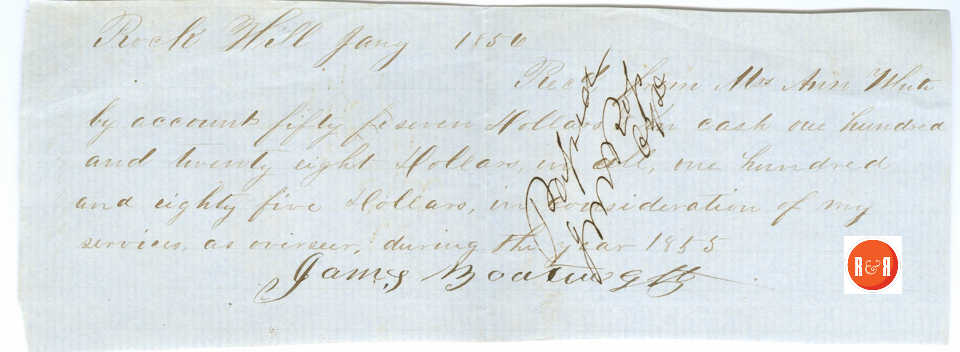
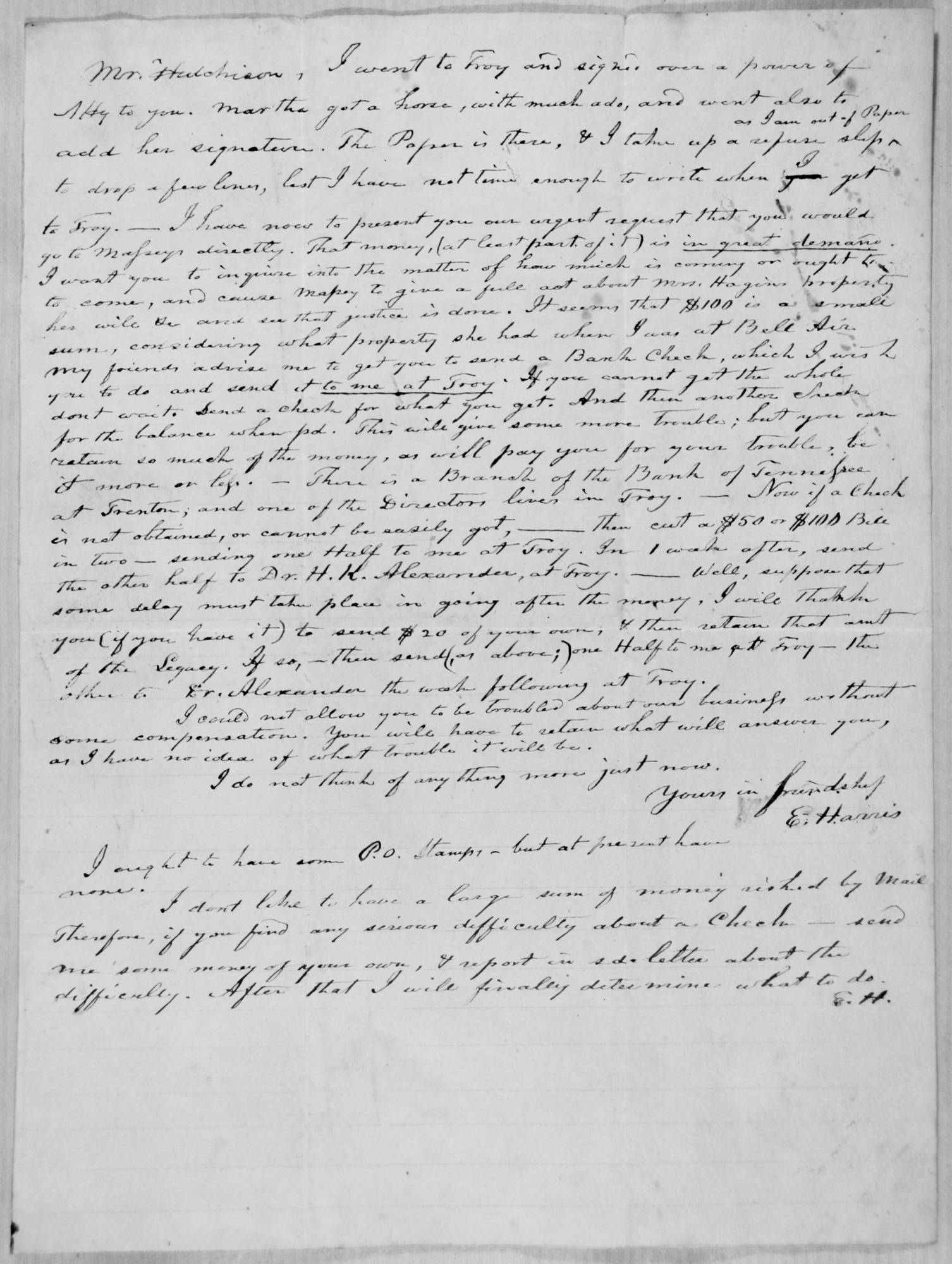
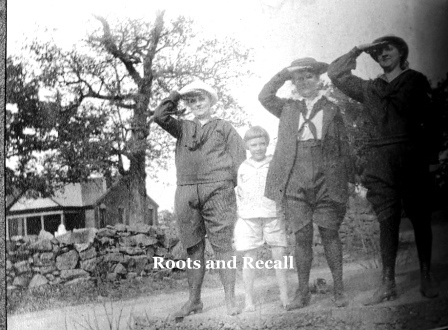
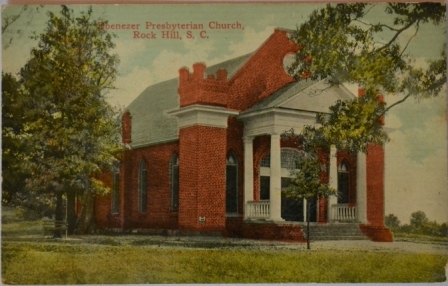
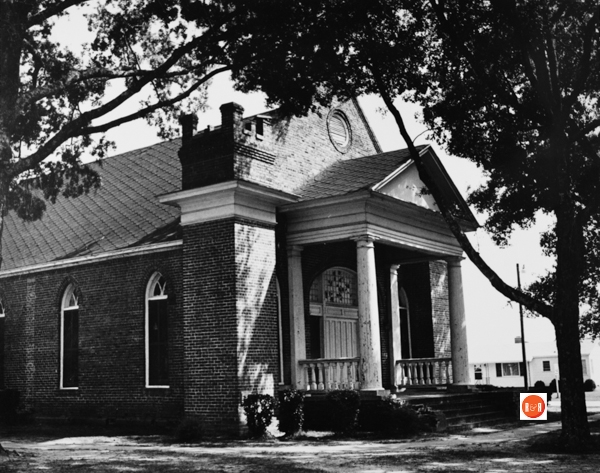
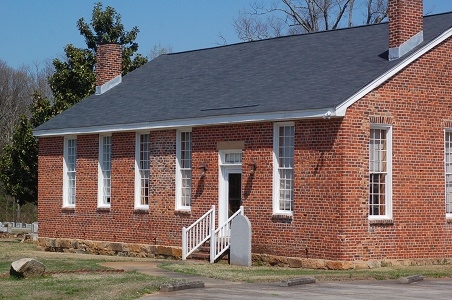
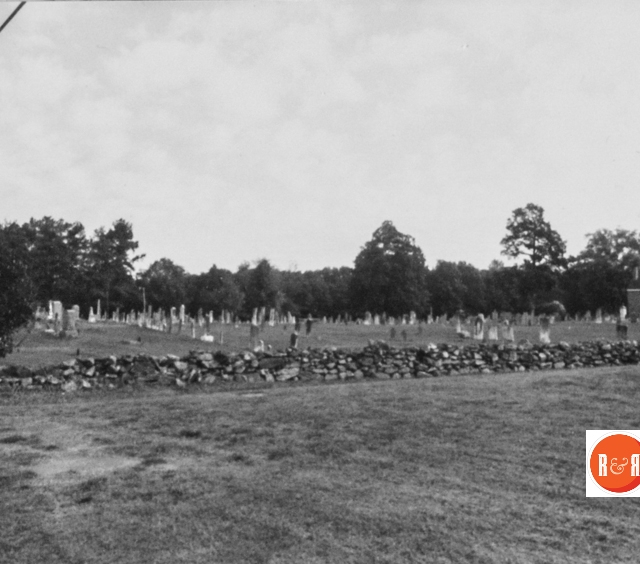
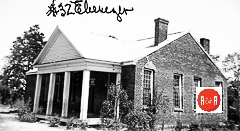
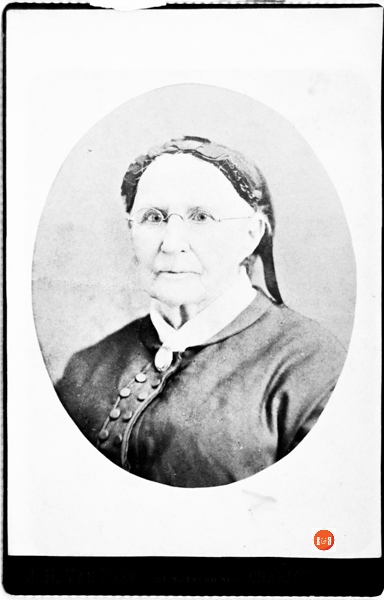
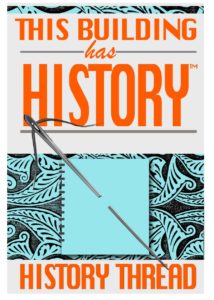
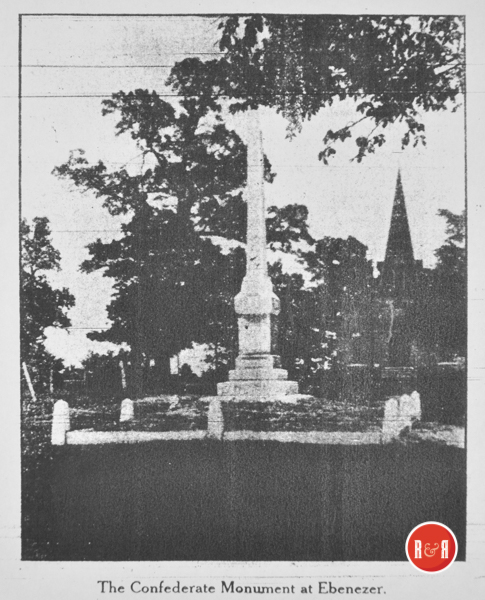
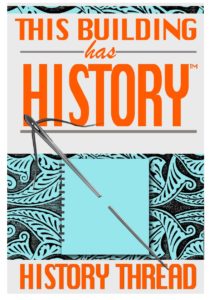

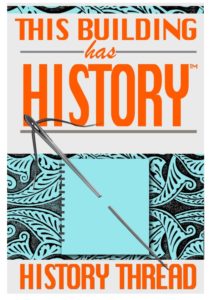
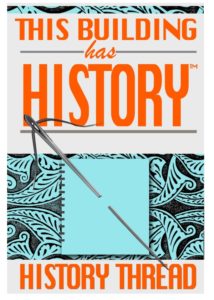


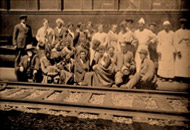
[…] Ebenezer ARP Church Monument […]